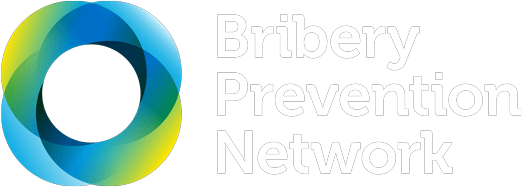A sector specific resource that provides a clear framework for understanding how corruption can get a foothold in mining approvals processes. It provides mining companies with a roadmap to understanding the vulnerabilities to corruption that exist in the mining approval regimes of jurisdictions across the world. It links to a detailed report with examples from 18 resource rich countries.
A tool that can be used by the mining sector to identify and assess the underlying causes of corruption in mining sector approval processes. This third edition includes guidance on how to conduct a gender-sensitive corruption risk assessment. Specifically, the updated MACRA Tool helps identify the gendered impacts of corruption on women as well as the barriers that hinder women’s participation in decision-making and accountability efforts, particularly at a community level.
A concise fact sheet that is linked to a detailed tool for assessing mining approvals corruption risks. It provides a succinct business case for why mining companies should undertake an assessment of their risk factors that create vulnerabilities to corruption. Useful for both small and large mining companies for understanding how to use the risk assessment tool.
An anti-bribery checklist that helps assess where you stand on countering bribery. Provides practical guidance for companies to assess their commitments, implementation, and monitoring policies and practice, as well as their public reporting. Useful for both small and larger businesses. Both staff and senior management teams would benefit from using the checklist.
Anti-corruption ethics and compliance program for business: a practical guide
by United Nations Office on Drugs and Crime
Access practical guidance to create an effective anti-corruption ethics and compliance program for your business. This comprehensive guide explains the international legal framework for combatting corruption. It sets out the principles and processes for undertaking risk assessments and developing and implementing an anti-corruption ethics and compliance program. It specifically identifies challenges and opportunities for small and medium sized enterprises.
Designed to promote a culture of ethical business practice in the financial services industry, this guide offers top line advice on how to develop, implement and maintain an effective anti-bribery and corruption compliance program. To be read in conjunction with authoritative guidance issued in jurisdictions where the financial institution is conducting business.
The Partnering Against Corruption Initiative (PACI) is a leading business voice on anti-corruption and transparency. This CEO-led platform is founded on the principles of public-private cooperation, responsible leadership and technological advancement. This website offers background information on how business leaders can take part in PACI, which currently has around 90 signatories from different sectors.
Transparency International defines whistleblowing as "Making a disclosure in the public interest by an employee, director or external person, in an attempt to reveal neglect or abuses within the activities of an organisation, government body or company (or one of its business partners) that threaten public interest, its integrity and reputation." Find other definitions for key bribery and corruption terms in Transparency International's Corruption A-Z.
The Whispli platform has a resource centre with practical tools, videos and guidance on how organisations can establish a culture of whistleblowing protection and support. It provides free access to the ‘Open Line’ App to enable open and secure communication with employees who may want to speak up. These resources have been developed by experts in the field of whistleblower protection.
Geared towards the banking sector, this briefing paper offers guidance from global experts on how to develop effective grievance mechanisms. It proposes 10 straightforward recommendations, which can be applied to other sectors. This resource explains the United Nations Guiding Principles effectiveness criteria for grievance mechanisms and applies these to case studies. It offers justification for why SMEs in high risk jurisdictions and sectors would benefit from implementing an operational-level grievance mechanism.
This toolkit offers a step by step guide on how to design and implement a grievance mechanism. It explains the purpose of having a grievance mechanism, including why this is a good business investment, issues to consider when establishing a grievance mechanism, how to build and operate an effective mechanism, and how to use feedback to improve a mechanism. This resource includes links to other useful tools.
A common perception is that bribery is required to succeed in business. This article helps managers to challenge that perception by setting out four practical strategies for businesses to prevent bribery. These include putting a resistance plan in place, building the cost of avoiding bribery into business projections, avoiding markets with high bribery risk and modifying performance-based incentives.
